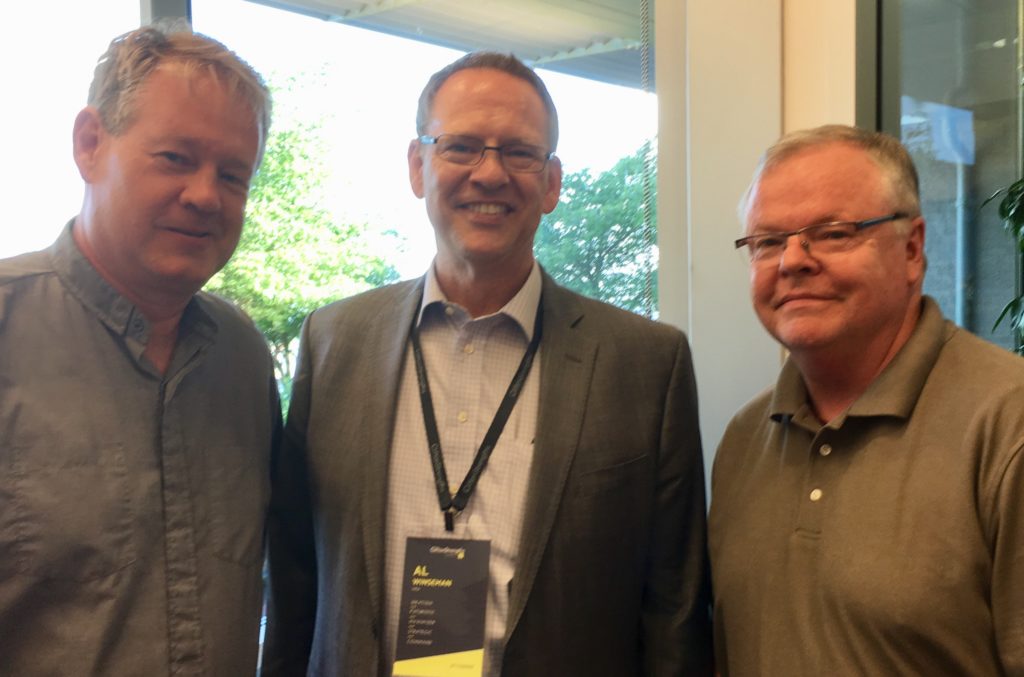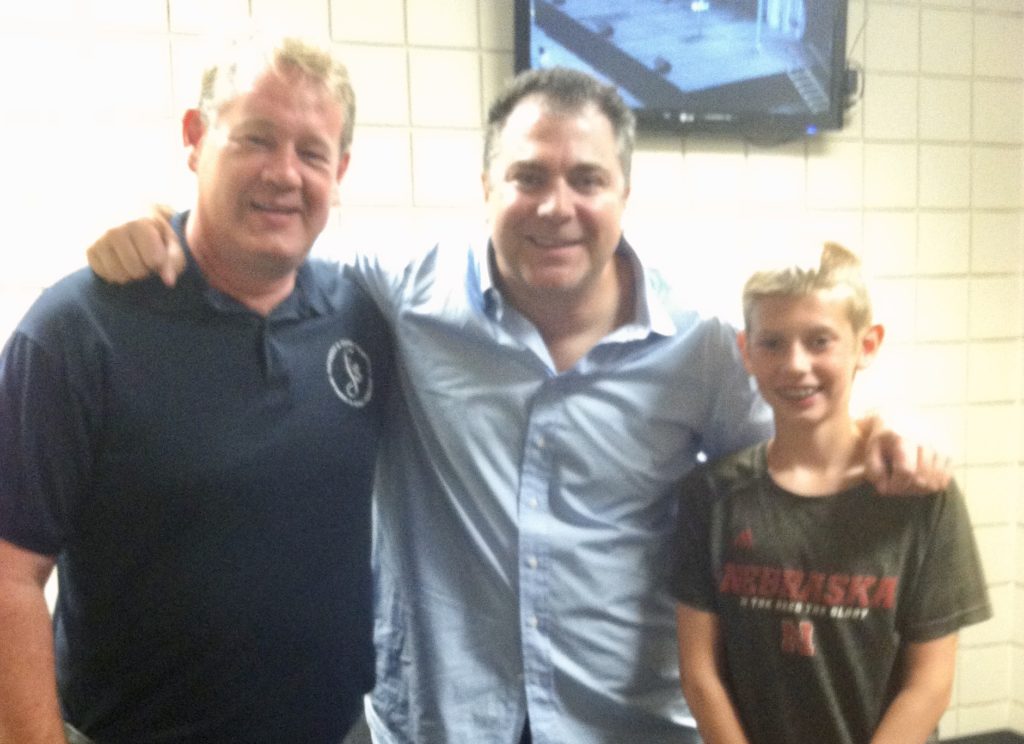
Archbishop Etienne’s response to my visit to Anchorage. People often speak of the majestic beauty of Alaska, but I was really touched by the beauty of the people. About everyone who lives in Alaska is from somewhere else, and even when people are raised in Alaska, it seems many of them leave. As a result, people learn to make family in the communities. People are from all over the world so it has an amazing multiplicity of language and cultures who are living together.

After I had been leading retreats in Oregon and Illinois, Massachusetts and Florida, I went to discuss one of my concerns with Monsignor McGread.
Monsignor had coined the phrase “Time, Talent and Treasure.” While everyone seemed to know the phrase, a different meaning seemed to have been conveyed to it. Most people seemed to see it as two things. Everyone understood the treasure part, but they often merged the other two. They see Time and Talent as one thing — using their talents for others and the time they spend doing so.
“In contrast,” I told Monsignor, “When you speak of Time, it’s separate. It’s about the time we spend with God…”
“And,” he interrupted me, “the time we spend with our family. Remember that I have been concerned by families not spending enough time together. So part of stewardship is spending time with our family as well as spending time with God.”

Before coming to Omaha, Fr. Mallon had read a case study Gallup had written about my parish and he wanted to meet. I was honored to lunch with him — and surprised by receiving unsolicited spiritual direction.
In short, he said that I am ahead of the curve in how I think and look at things. That not only do I need to avoid being frustrated by others not seeing what is plain to me, but I also need to pray for humility, in particular to pray the litany for humility.
I didn’t think I needed the help at the moment, but his advice was invaluable — and sometimes frustrating. The best way to receive humility is to be humiliated — and some times when that has happened I sigh and remember that I prayed for it.

The seventh chapter of Dr. Winseman’s book, Growing and Engaged Church is about Fr. Bill’s former parish, St. Gerard’s.
I had heard such great things about St Gerard’s that I wanted to check it out. When I was “near” Long Island I visited unannounced. It was good to visit, but I didn’t stay incognito long. Fr. Bill noticed me at communion and after Mass introduced me to the congregation. They were very welcoming and I learned a lot.
I have immensely learned from Al and he has even been kind enough to reference me in a few of his talks.

Dear Deacon David, I read your letter tonight for the fourth time since you sent it in late November. Thank you so much for taking the time to write. As soon as I finished the research on Dynamic Catholics I began thinking about the exact question that you are exploring. What makes a Dynamic Parish? I would very much like to explore this with you more. At the moment I am spending about 85 hours a week developing a Confirmation program. By mid -summer we should be finished. At that time I would like to speak with you about your thoughts on parish. I will be in Lincoln speaking to all the priests in that diocese and would love to get together if you have a couple of hours to spare during my visit. In the meantime, let’s email back and forth, keep up a dialogue and see where God leads us. Please think on this question for me: If you were tasked with increasing the number of parishioners who practiced the four signs seriously, how would you go about it? Thank you for all you are doing for the Church, Matthew Kelly The Dynamic Catholic InstituteMeeting People Where They Are… Leading them where God calls them to be
Unfortunately it was not long after sending me this note that Matthew had his bout with kidney cancer. We finally met in person When he came to the Ralston Arena.

Steve Ray’s book Crossing the Tiber was an important part of my journey to Catholicism. Some other books I read were trite and simple. What I loved about the book is all of the footnotes, sometimes dominating the pages. He was able to document how the early Church really was Catholic. It was a delight to meet him in person and thank him.

When I went to a 2007 conference for the League of Stewardship Parishes in Denver, I never expected Cardinal Arinze to have such an effect on me.
Walking together I told the Nigerian born Cardinal how my parents had been in the Peace Corp in Maiduguri. When my mother would get home during her pregnancy with me she’d tell my father, “I just saw all these beautiful black babies in the marketplace and here I’m just going to have a plain old white one.”
With a twinkle in his eye Cardinal Arinze said, “When I saw you I thought you were African-American.”
While I had often heard speakers quote the Bible or the constitution, I had never heard anyone constantly reference the Sacramentary (since replaced by the Roman Missal) the way he did. I found myself digging deeper into the prayers of the Church and spending more time not only praying with them, but pondering in my heart what the Church is saying through them.

Archbishop is a charming Frenchman. One of the big parts of his job is communicating with the pope and Vatican about Bishop vacancies. I asked, “If someone asks to be made a Bishop somewhere, does that eliminate them from contention?”
“Yes,” he said with a big smile. “If they ask to be made a Bishop it is a sign that perhaps they are not ready.”
So I asked if I could be made a Bishop.

It’s what matters.
